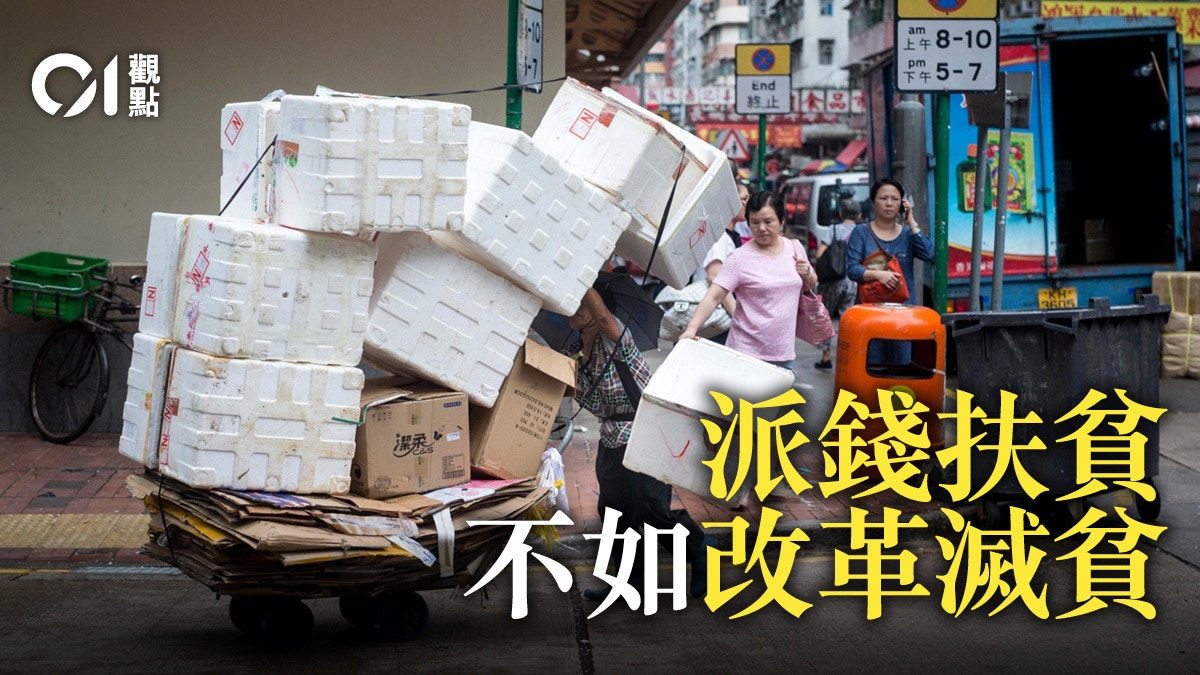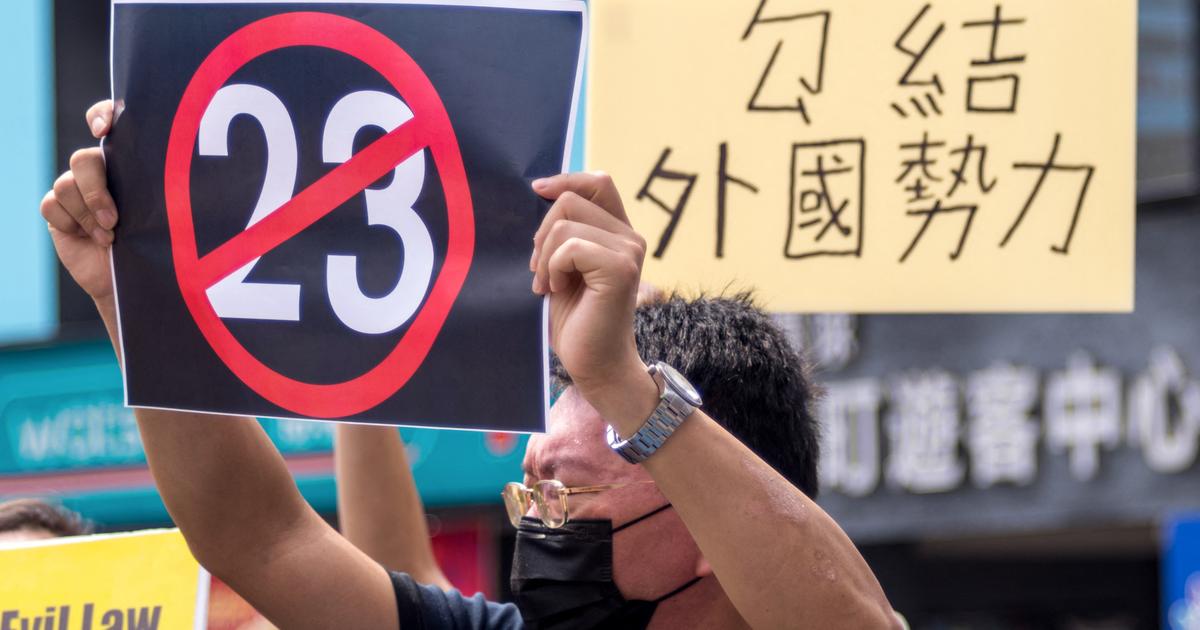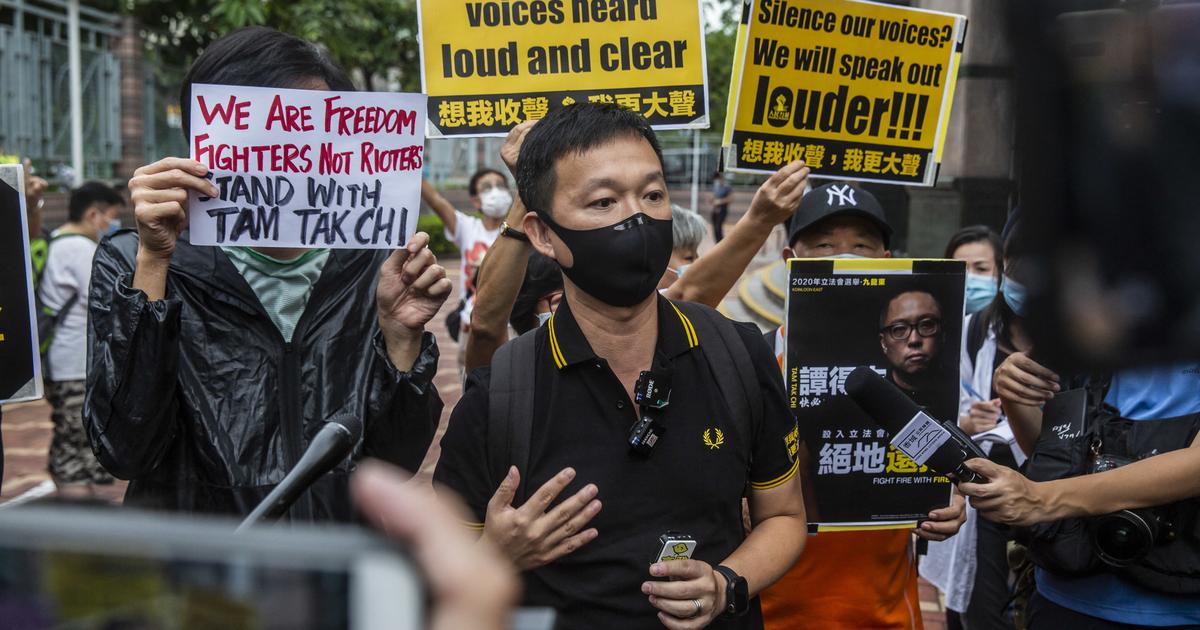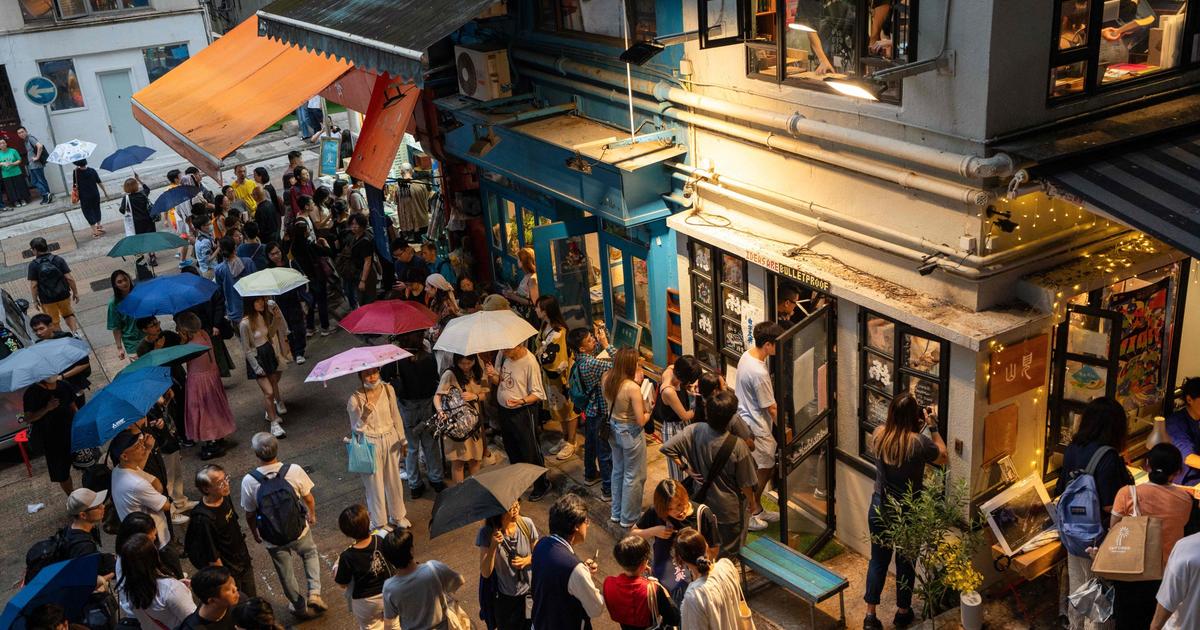01 view
Written by: Commentary Editing Room
2020-12-25 07:00
Last update date: 2020-12-25 07:00
The Government announced on Wednesday (23rd) the "Report on Hong Kong's Poverty Situation in 2019" (hereinafter referred to as the "Report"). Last year, the total number of poor people in Hong Kong rose to 1.49 million, and the poverty rate was 21.4%, that is, one in every five Hong Kong people lives The poverty line, both set new highs after the 2008 financial tsunami.
Although the increase in the poor population has uncontrollable factors, the government has been focusing on helping the poor with cash subsidies for many years. In the short term, it can only help the grassroots meet their urgent needs, but in the long run it is difficult to bring them out of poverty.
Therefore, the government will allocate more resources in the future to solve housing, medical, and pension issues.
Since the official poverty line was established in 2013, the government has updated its analysis of poverty in Hong Kong for the eighth consecutive year.
According to the "Report" estimates, the poor population and poverty rate before policy intervention last year were 1,490,700 and 21.4%, respectively, both of which set a record high since 2009.
Taking into account the government's constant cash policy intervention, the poverty rate and poor population last year also increased by 0.9% and 73,500 people compared with the previous year.
However, as many as one-fifth of the population of Hong Kong’s United Nations listed the top five countries or regions in the world in the "Human Development Index" are living below the poverty line.
According to government analysis, Hong Kong’s economy fell into the global financial tsunami for the first time last year. It was due to the double blow of social movements and Sino-US trade disputes, which caused damage to consumer and tourism-related industries. The labor market weakened in the second half of the year, and population Accelerating the aging of people and the continued miniaturization of households, "the poverty indicator is under unprecedented upward pressure."
However, looking at the trend, as early as 2012, the number of poor people in Hong Kong had reached 1.31 million before the intervention of the policy. In recent years, the figure has still hovered between 1.31 million and 1.4 million. During this period, only one year was recorded a slight decline.
In other words, although last year's double blow has intensified the impact on grassroots families, even if there are no internal and external troubles, most of the figures may not show a downward trend.
The disparity between the rich and the poor in Hong Kong is quite alarming. A single relative poverty line is a complete underestimation of the poor population in Hong Kong.
(Profile picture / Photo by Wang Junhao)
Structural problem solving
Although the government emphasizes the permanent cash program and the non-constant cash policy, both have also achieved actual poverty alleviation effects. For example, the overall poverty rate reduction brought by CSSA and elderly living allowance is 2.2%, and the one-time care and sharing program, The effectiveness of non-constant poverty alleviation policies, such as disbursing an extra two months of social security payments, also reached 2.1%, but these measures can only subsidize the grassroots to solve the immediate urgent need, and will not help improve the social and economic structural problems that lead to poverty. "Household households" receive living allowance subsidies from the Care Fund. Even if they can get out of poverty for a short time, their situation will return to the prototype after the end of the plan.
Hong Kong has been pursuing economic liberalism since the British Hong Kong era to build an invisible economic order for economy and resource distribution. Although market forces are the cornerstone of economic take-off, at the same time, most of the growth in social wealth has only flowed to the rich and the poor. Only when it gets worse will it create the tragic reality of "five Hong Kong people and one poor."
As the former UN Special Rapporteur on extreme poverty and human rights, Alston (Philip Alston) pointed out, poverty eradication should be understood as universal social security and the government’s constant responsibility for governance, while the bottom line of social security such as medical care, food, and housing, Not only is the reform principle to reverse the situation of poor households, but also a good way to avoid social unrest.
Last year, nearly 1.5 million citizens were listed below the poverty line. This phenomenon is undoubtedly an extremely disrespectful level for Hong Kong, a highly developed and material-rich city.
If the Hong Kong Government continues to ignore the side effects of the economic jungle law and does not take the initiative to reduce the cost of basic livelihood needs such as medical care, elderly care, and housing as its own responsibility, even if the epidemic ebbs in the coming year, it is believed that the poor population will not steadily fall back in the future.
[Policy Address 2020] Is the Hong Kong government unwilling to help the poor?
01 view
Poverty Line Labour and Welfare Bureau Luo Zhiguang 01 Viewpoint


/cloudfront-eu-central-1.images.arcpublishing.com/prisa/3I74UEXLYRBBRPGPSGWNN6WXH4.jpg)










